- Category
- War in Ukraine
What Would a Halt in Patriot Missile Deliveries Mean for Ukraine?
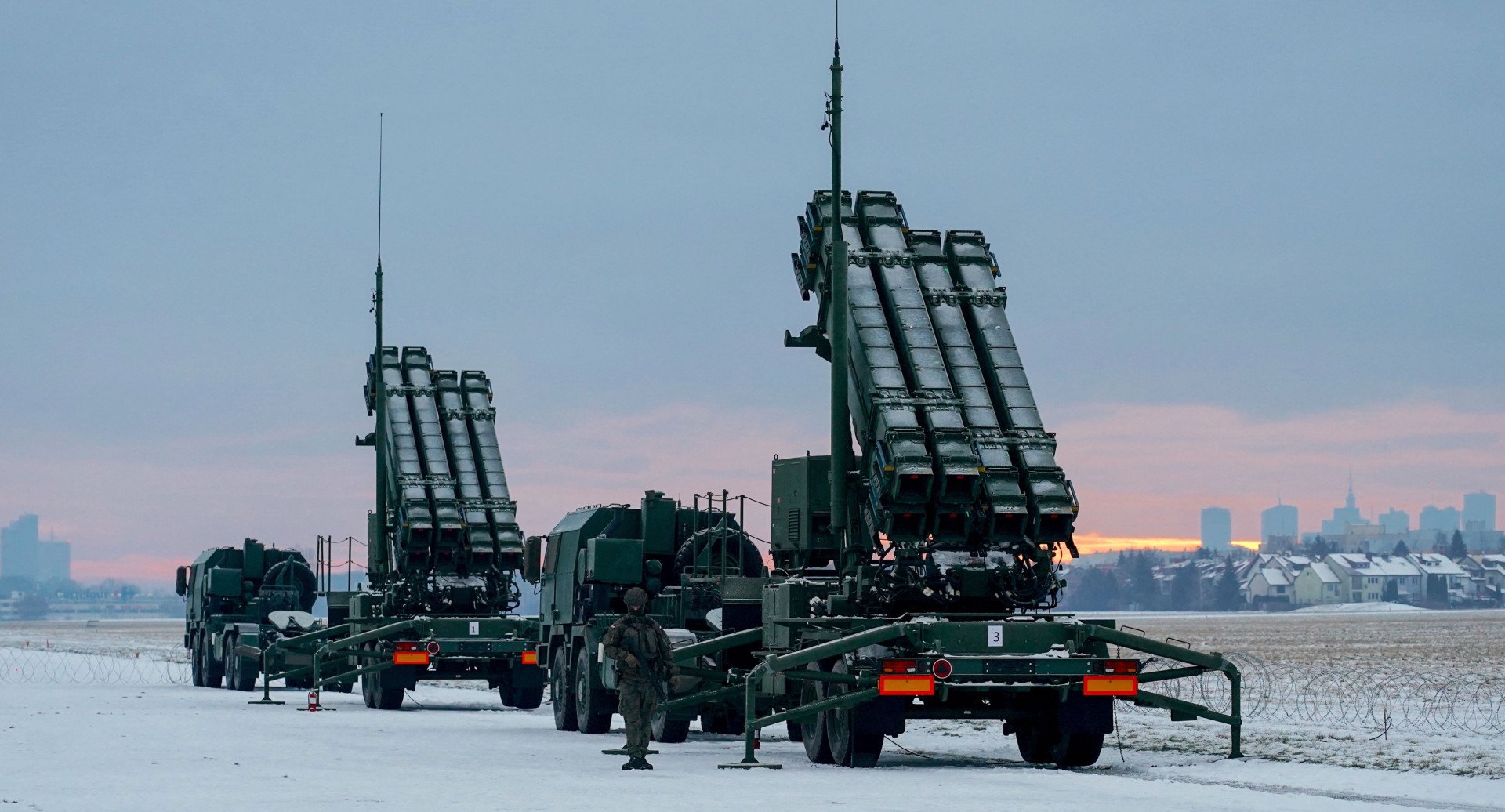
The Patriot missile system is a crucial element of Ukraine’s air defense, and its effectiveness depends heavily on American support. But what makes it so vital?
American media outlets have been reporting on the potential suspension of US military aid to Ukraine. One of the most critical aspects of this aid is air defense—specifically, the Patriot missile system and its munitions.
The Patriot system is the most powerful tool Ukraine has to protect its skies. Despite being developed decades ago, it remains highly effective in combat, particularly against ballistic missiles—one of Russia’s main weapons in its relentless attacks on Ukrainian cities. Nowhere in the world has the Patriot system been tested as intensely as in Ukraine, where Russia can launch hundreds of drones and dozens of cruise and ballistic missiles within hours. Many of these threats are neutralized thanks to the Patriot.
The Patriot is the only system capable of intercepting Russia’s Kinzhal missile—one of the Kremlin’s most advanced weapons. Before Ukraine proved otherwise, Moscow claimed the Kinzhal was nearly impossible to intercept due to its reported speed of up to 14,000 km/h. Ukraine demonstrated that it is, in fact, possible.
The consequences of US aid cuts
If the US stops supplying Patriot missiles to Ukraine, the consequences will be immediate and severe. Ukrainians have already experienced this. In 2023–2024, when American aid was delayed, Ukraine did not receive the air defense missiles it needed. As a result, several energy infrastructure sites were destroyed, including the Trypillia thermal power plant. President Volodymyr Zelenskyy stated at the time that Ukraine simply ran out of air defense munitions. Of 11 incoming Russian missiles, Ukraine intercepted seven; the rest hit their targets because there were no more missiles left.
As of today, Ukraine reportedly has six Patriot systems. Their exact locations remain classified, as they are among Russia’s top-priority targets. However, Ukraine’s military leadership confirms that Patriots are actively protecting Ukrainian cities. Still, the number of systems remains insufficient. Estimates suggest that to defend Ukraine’s major cities, critical infrastructure, and military sites adequately, the country would need 25–30 Patriot systems.
But the issue isn’t just about the number of launchers—it’s about missiles. What happens if supplies run dry?
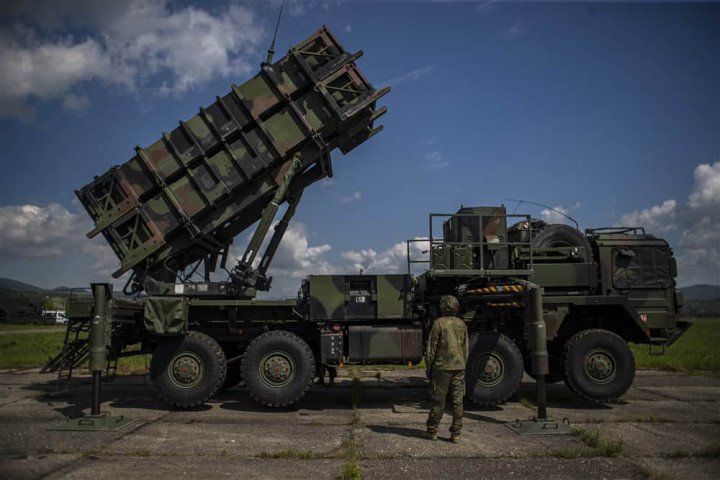
Partner nations: a solution?
One potential solution is working with countries that already have the Patriot system and could, in theory, transfer some of their missile stockpiles to Ukraine.
According to available data, the US has sold Patriot systems to the following:
• Europe: Germany, the Netherlands, Sweden, Romania, Poland, Greece, Spain
• Asia: Japan, South Korea, Taiwan
• Middle East: Kuwait, Qatar, Saudi Arabia, UAE, Israel
While none of these countries can afford to give up their entire stockpile, they might be able to transfer a portion of their reserves, allowing Ukraine to maintain its defenses for some time.
NATO countries can also purchase Patriot missiles directly from the US and then transfer them to Ukraine. In the next one to two years, Germany is expected to localize the production of Patriot missiles, which could allow for increased supply to Ukraine. However, this raises a pressing question: what will Ukraine do in the meantime?
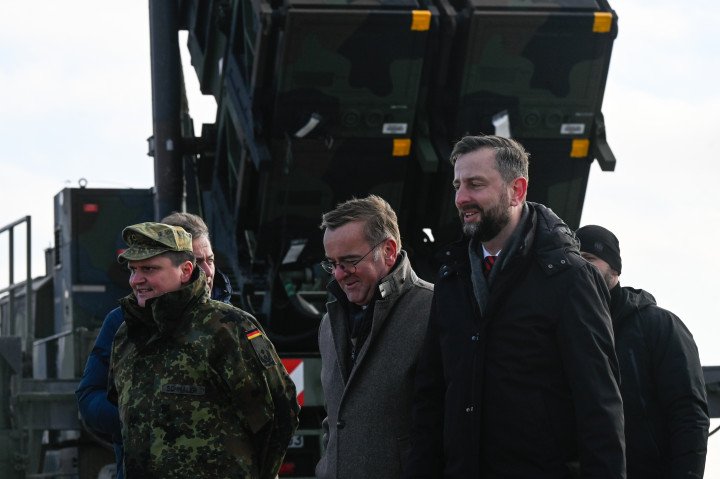
Is there an alternative?
Ukraine has various air defense systems, but their capabilities are limited. While they can intercept drones and some aerial targets, they are ineffective against advanced cruise and ballistic missiles. For example, the NASAMS system has a range of up to 40 km, while the Patriot system can intercept threats at distances of up to 140 km and target a broader spectrum of threats.
In February 2024, Ukraine shot down more than 10 Russian aircraft in a single month—an impressive achievement. Although officially unconfirmed, reports suggest this success was due to deploying a Patriot system near the front line, which forced Russian aviation to retreat.
The only European system comparable to the Patriot is the SAMP/T, developed by a European manufacturer Eurosam. Ukraine currently operates two SAMP/T units, but this is far from sufficient. To achieve results similar to the Patriot, Ukraine would need significantly more units. However, production is a bottleneck. According to Thales, one of the program’s manufacturers, Italy and France jointly possess only ten SAMP/T systems, and they need more as well.
SAMP/T requires Aster missiles, which have a long production timeline. Previous reports indicated that manufacturing a single Aster missile could take up to 40 months, with efforts underway to reduce this to 18 months by 2025.
Some have suggested Israeli air defense systems as an alternative, but Israel has yet to provide Ukraine with military assistance.
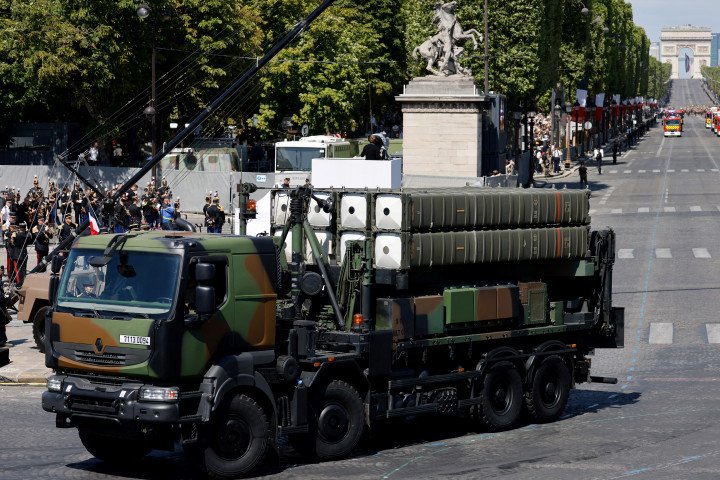
Why finding an alternative is the wrong approach
When discussing the Patriot and SAMP/T systems, it’s essential to understand that this is not just a geopolitical issue or a matter of military strategy—it’s about protecting Ukrainian cities and the people who live in them.
In the three years since Russia’s full-scale invasion, missile strikes have destroyed more than 80% of Ukraine’s thermal power plants and up to 45% of its hydroelectric capacity. Russia also continues to target Ukraine’s natural gas infrastructure. These attacks don’t just cause blackouts—they risk triggering large-scale industrial disasters. One such possibility, the destruction of the Dniester Hydroelectric Power Plant, could flood parts of Moldova.
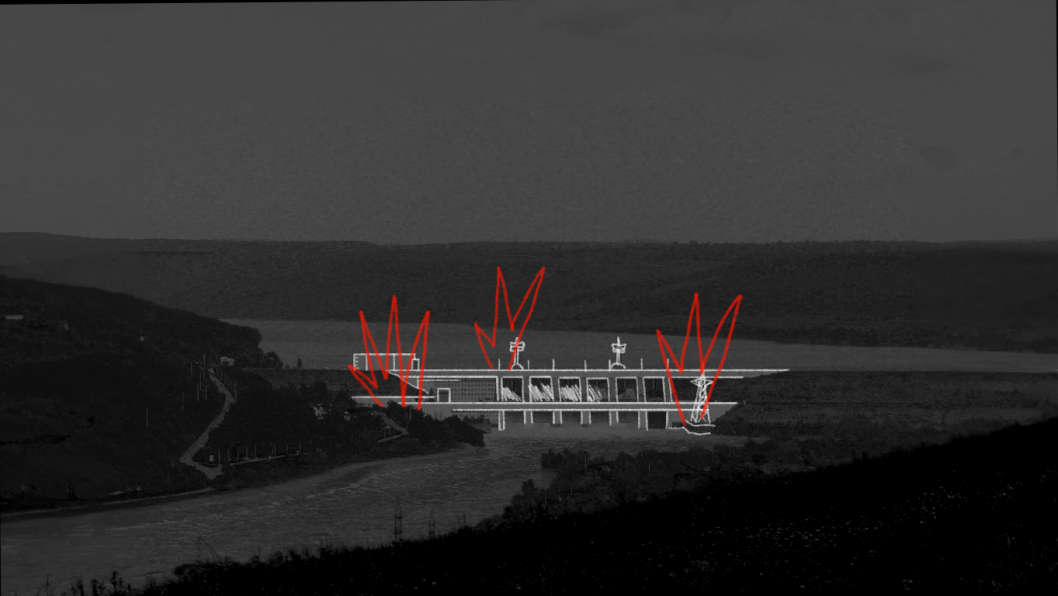
It is crucial to ensure a continuous supply of Patriot missiles to Ukraine. Instead of seeking alternatives, these systems should complement each other. The reality is that Russia is only escalating its attacks. On the night of February 23, Russia launched 267 Shahed drones, combining them with missile strikes.
Ukraine’s ability to defend itself depends on continued support. Without it, the consequences will be devastating.
-29a1a43aba23f9bb779a1ac8b98d2121.jpeg)
-c42261175cd1ec4a358bec039722d44f.jpg)
-46f6afa2f66d31ff3df8ea1a8f5524ec.jpg)
-6359eca46c72bde40a90abaaadd6eaa8.png)

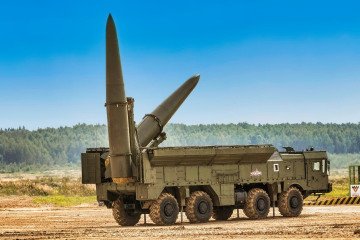
-206008aed5f329e86c52788e3e423f23.jpg)